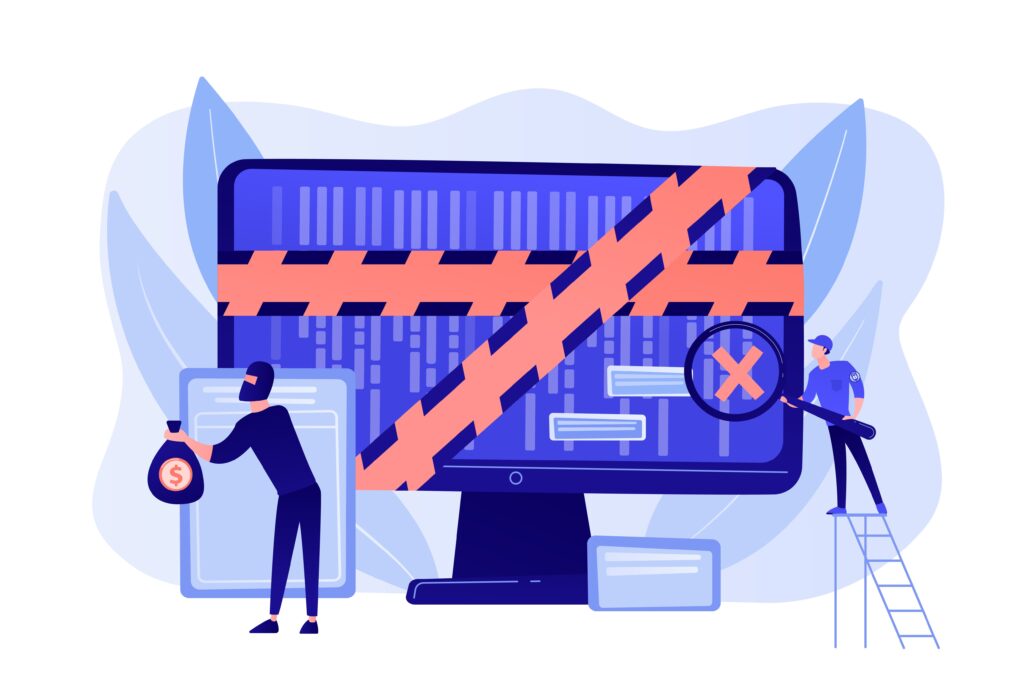AWS outage shows the cost of cloud concentration
Cloud concentration amplifies outages as shared backbones fail together.

A single fault can bring down the modern web. During the outage on Monday, 20 October 2025, millions woke to broken apps, games, banking, and tools after database errors at Amazon Web Services rippled outward. When a shared backbone stumbles, the blast radius engulfs everything from chat to commerce.
The outage underscored cloud concentration risk. Roblox, Fortnite, Pokémon Go, Snapchat, and workplace staples like Slack and Monday.com stumbled together because many depend on the same region and data layer. Failover, throttling, and retries help, but simultaneous strain can swamp safeguards.
On Friday, 19 July 2024, a faulty CrowdStrike update crashed Windows machines worldwide, triggering blue screens that grounded flights, delayed surgeries, and froze point-of-sale systems. The fix was simple; recovery wasn’t. Friday patches gained a new cautionary tale.
Earlier shocks foreshadowed today’s scale. In 1997, a Network Solutions glitch briefly hobbled .com and .net. In 2018, malware in Alaska’s Matanuska-Susitna knocked services offline, sending a community of 100,000 back to paper. Each incident showed how mundane errors cascade into civic life.
Resilience now means multi-region designs, cross-cloud failovers, tested runbooks, rate-limit backstops, and graceful read-only modes. Add regulatory stress tests, clear incident comms, and sector drills with hospitals, airlines, and banks. The internet will keep breaking; our job is to make it bend.
Would you like to learn more about AI, tech and digital diplomacy? If so, ask our Diplo chatbot!

